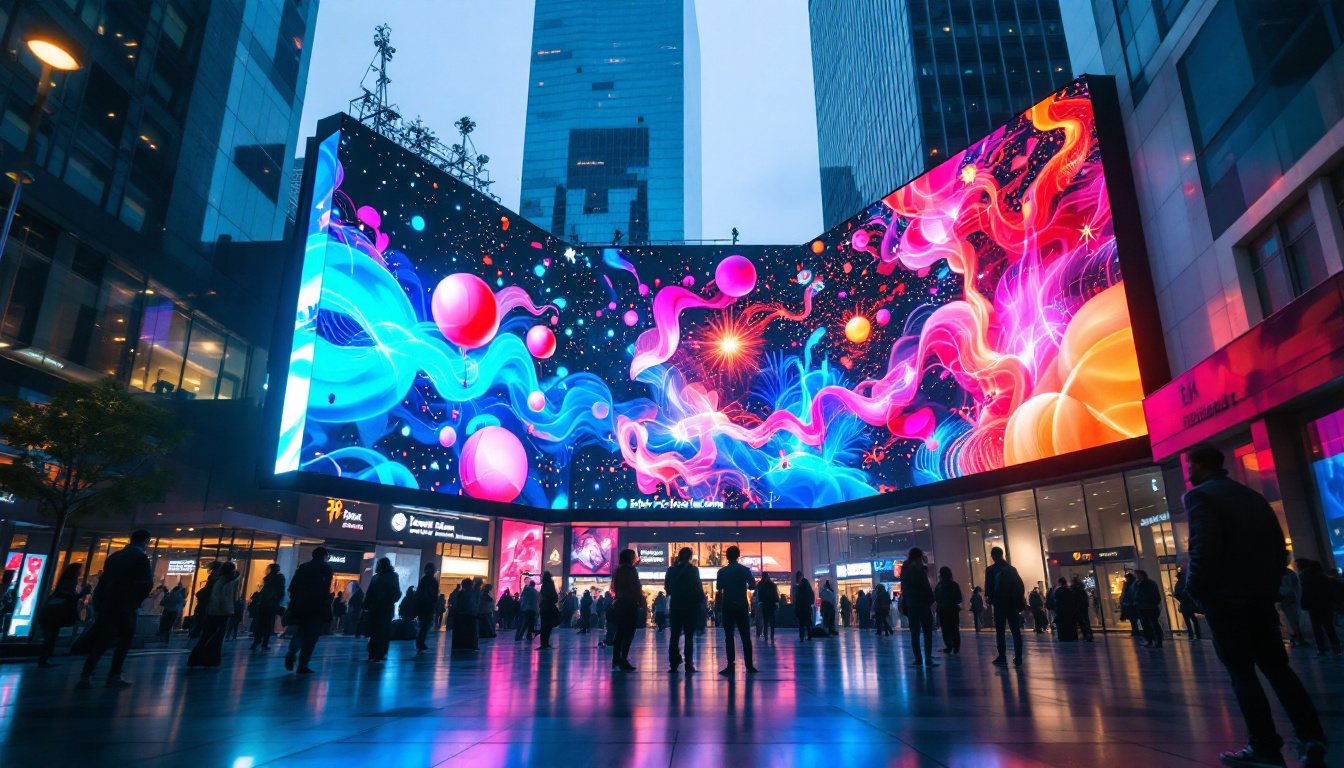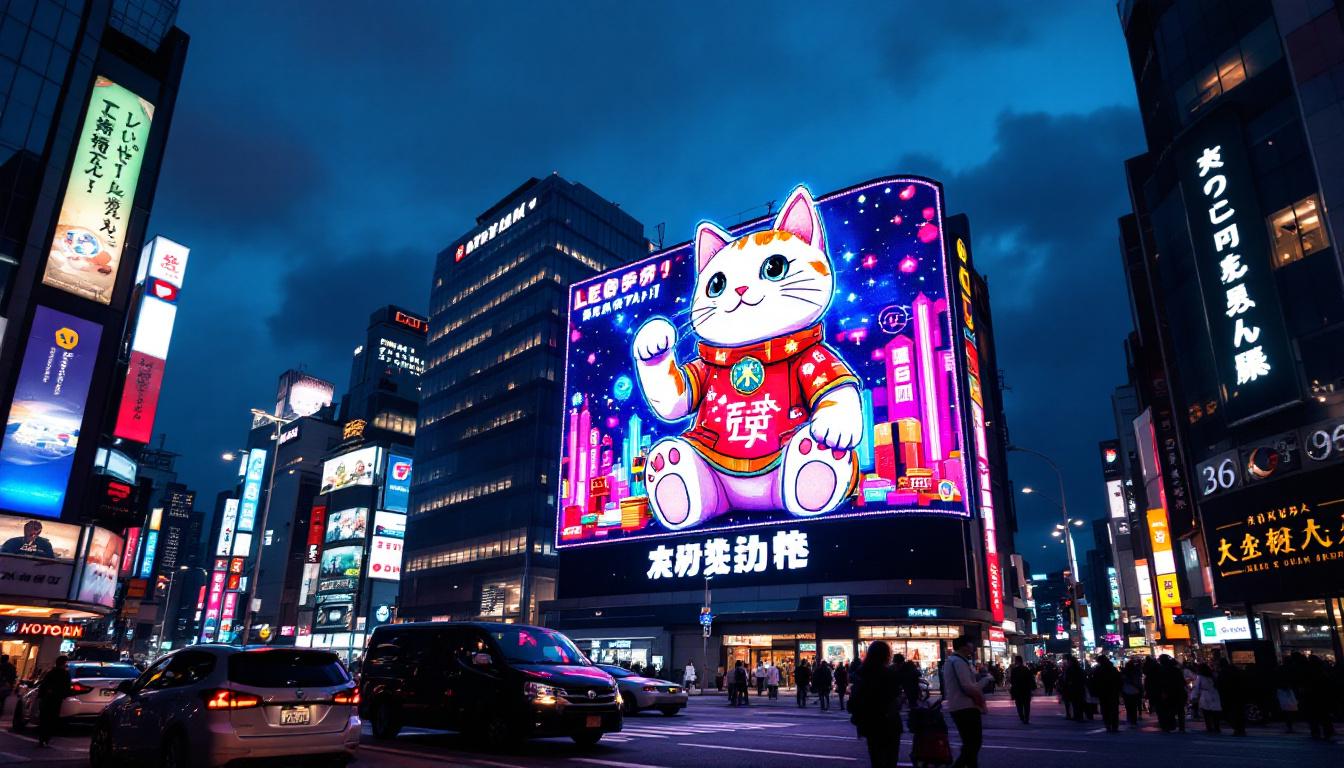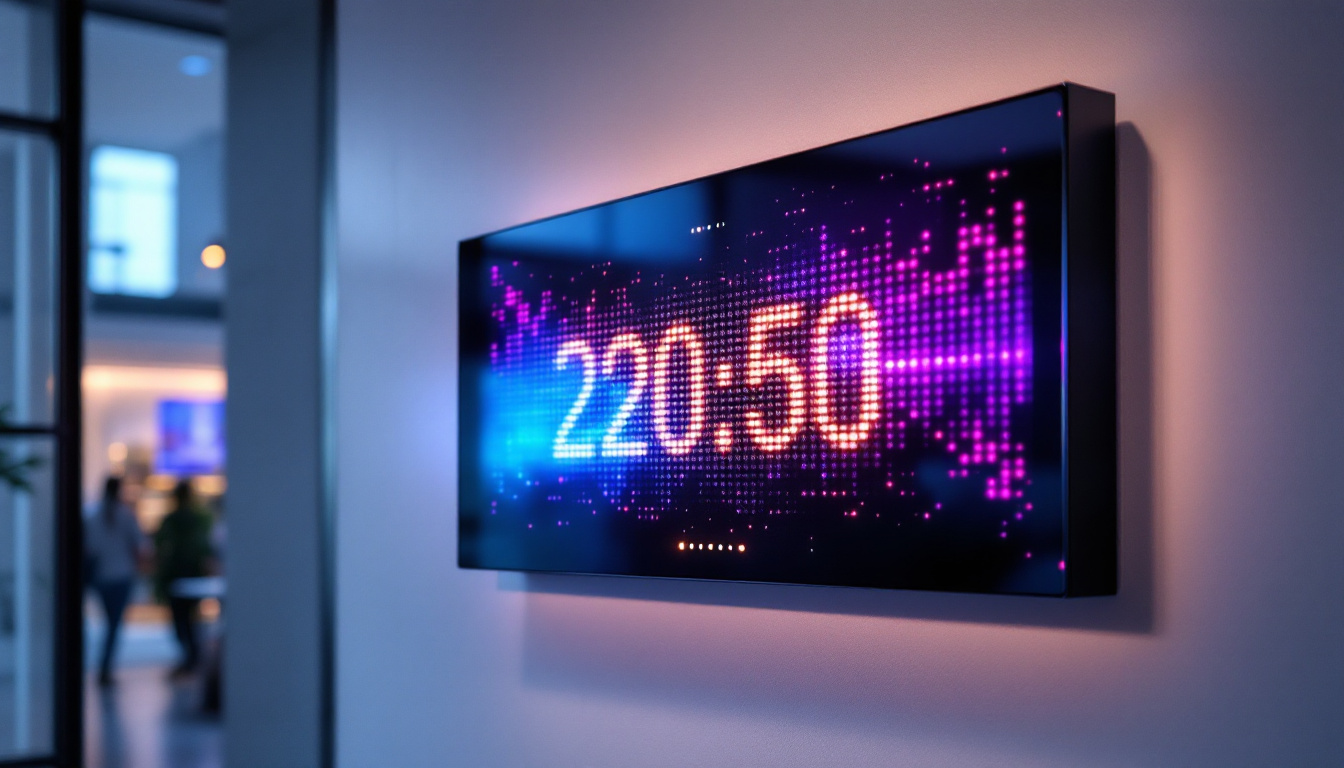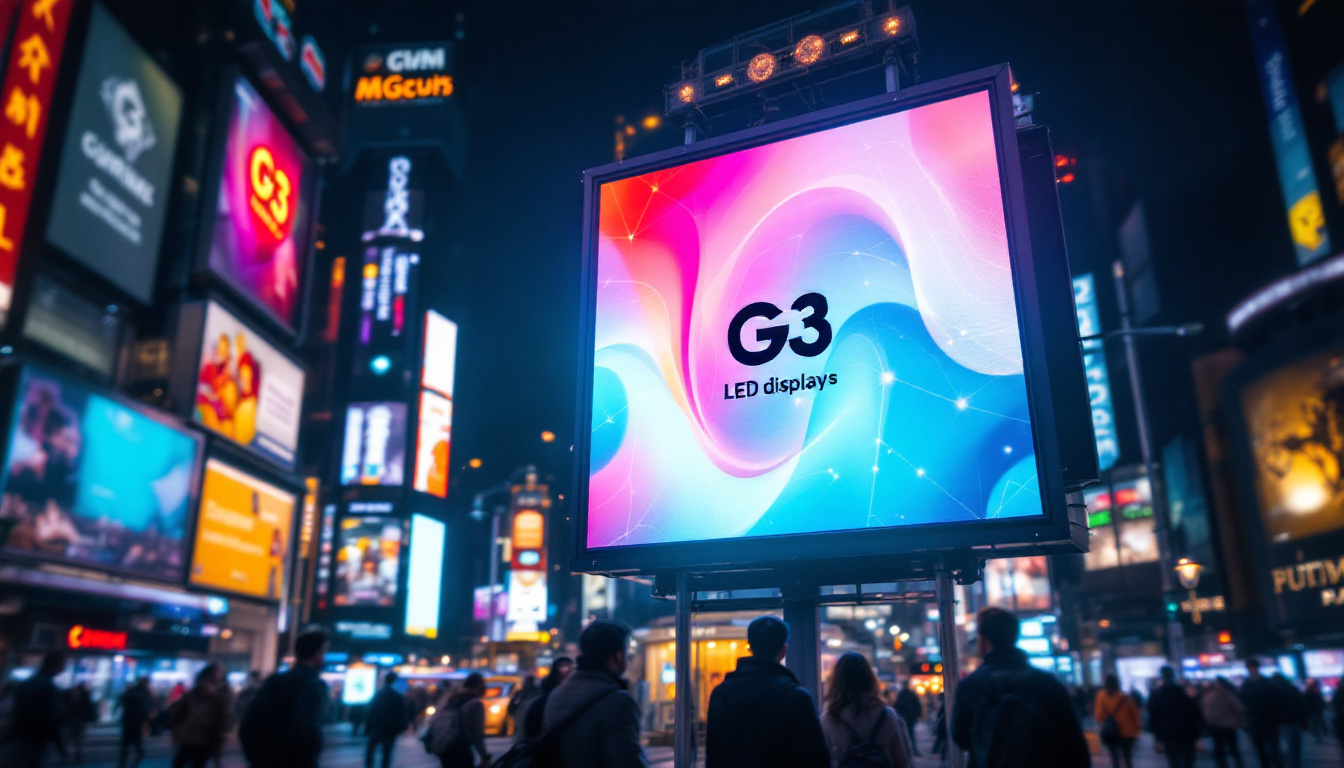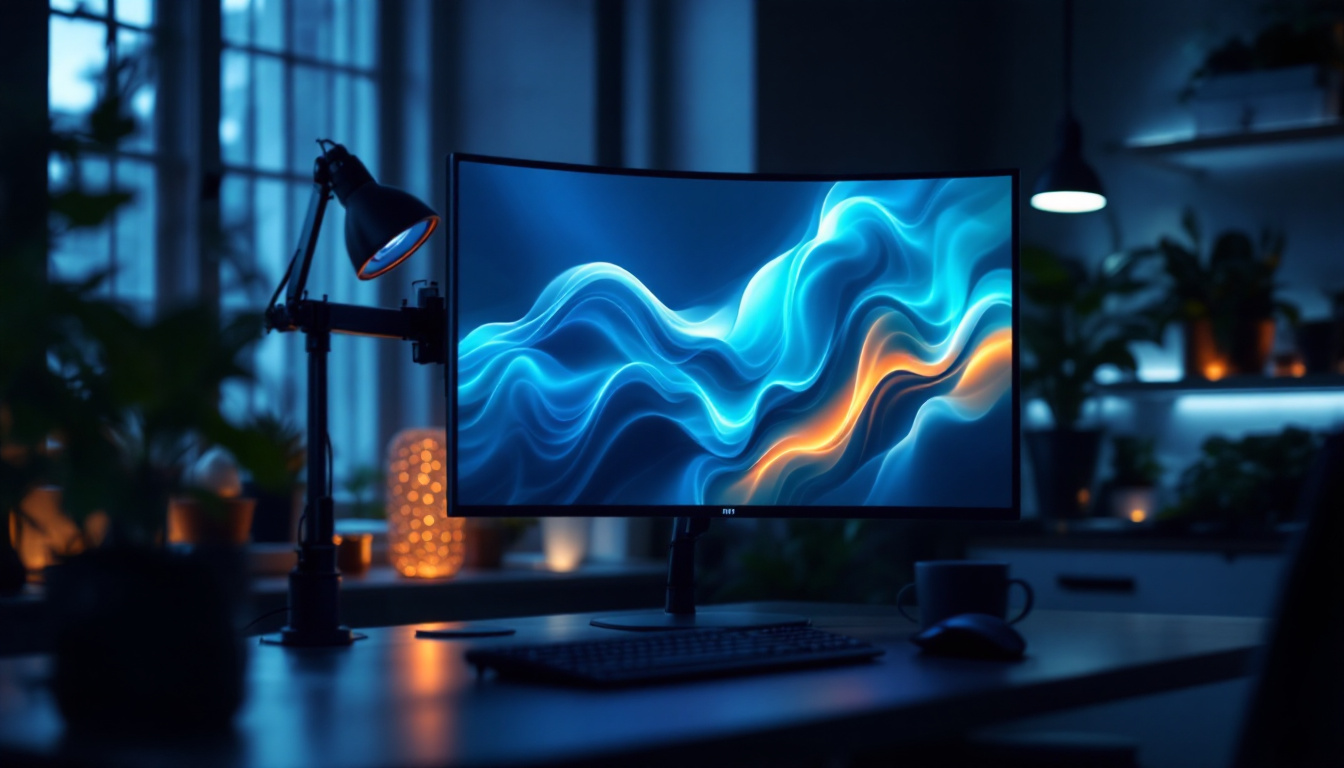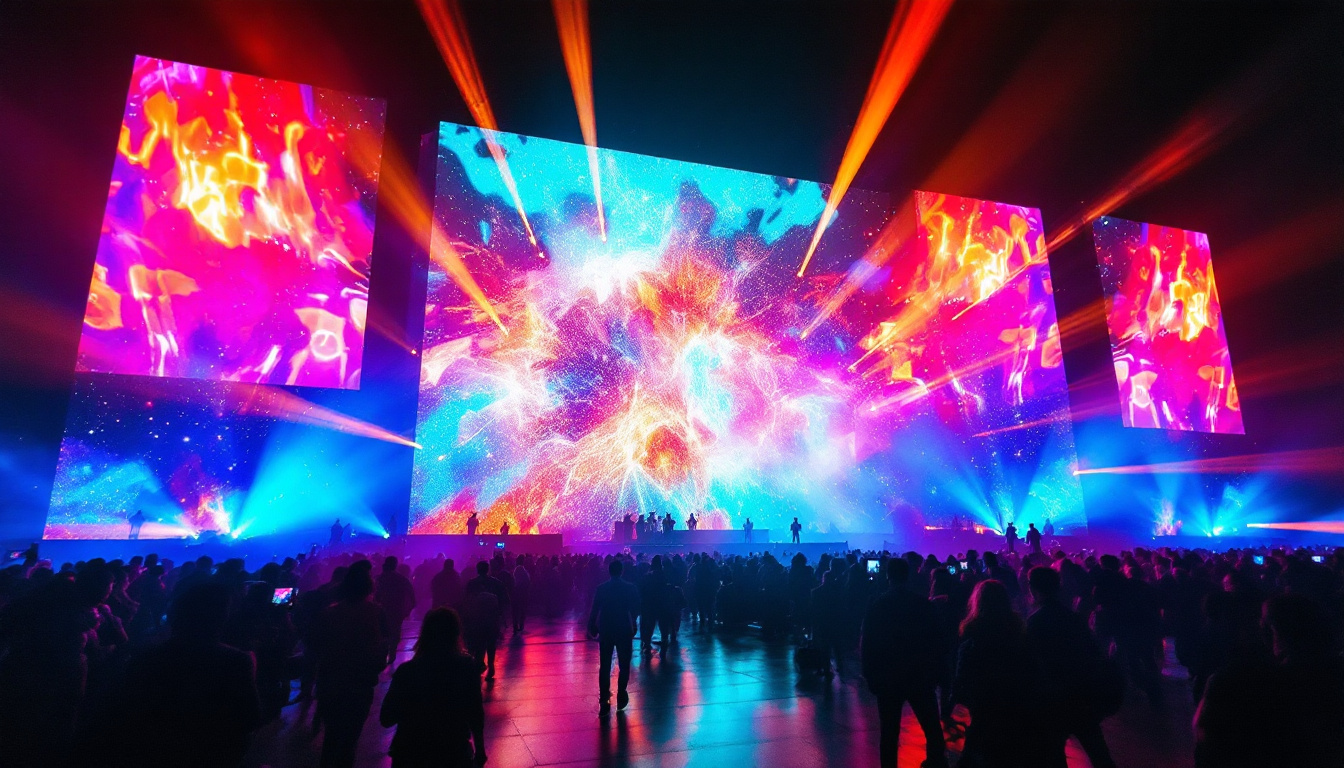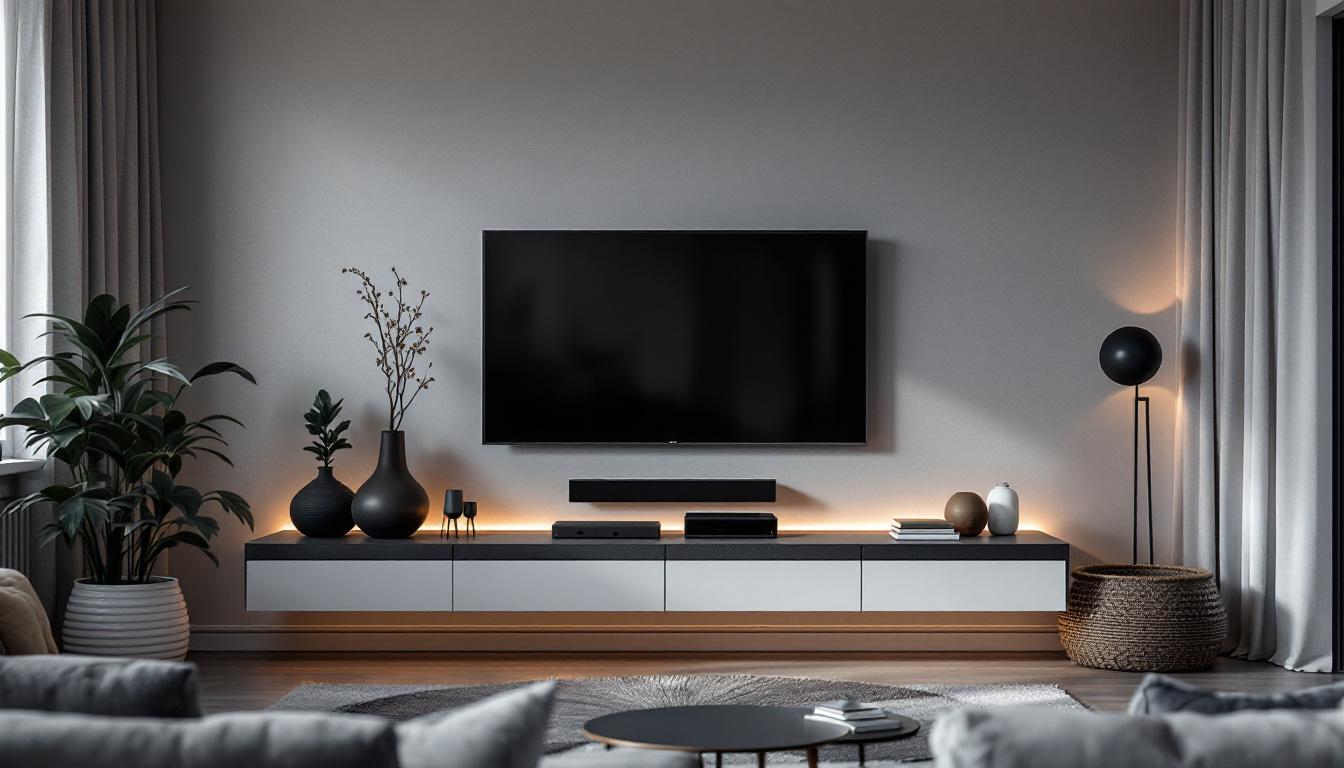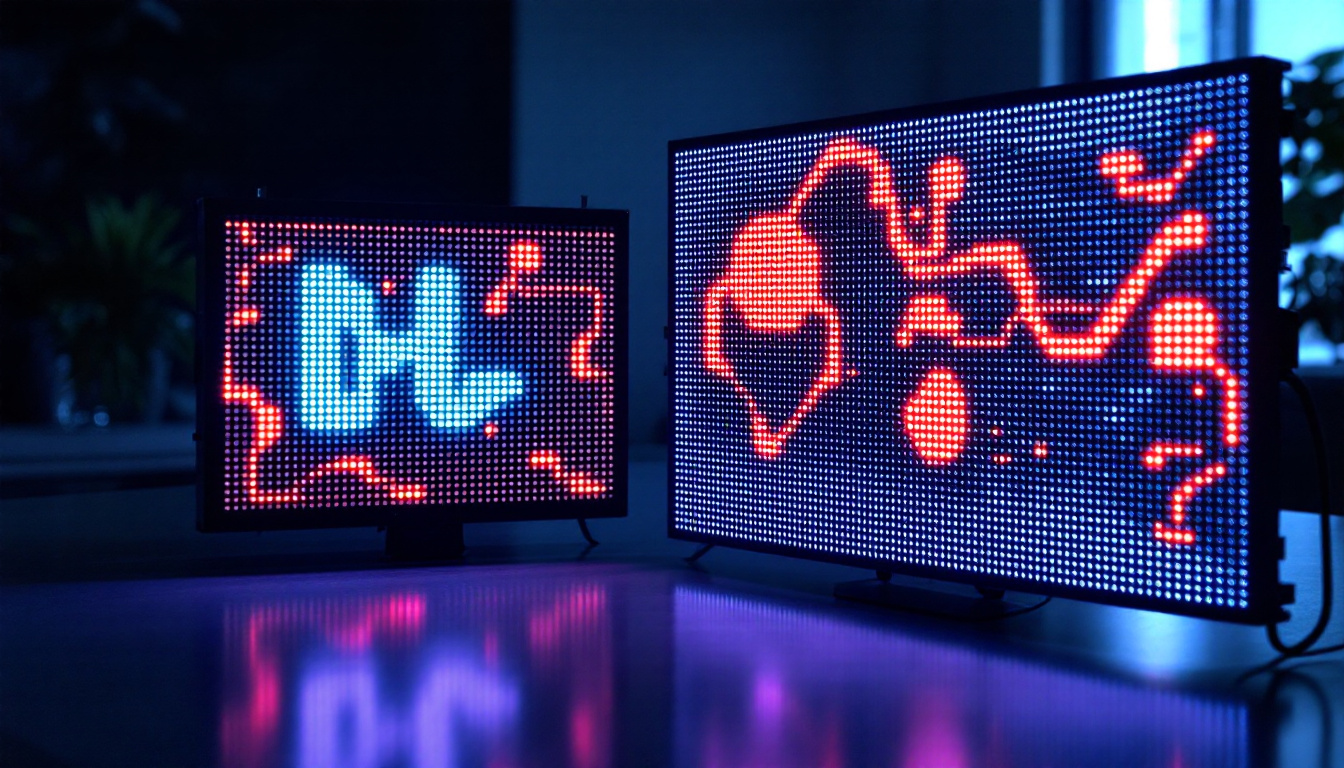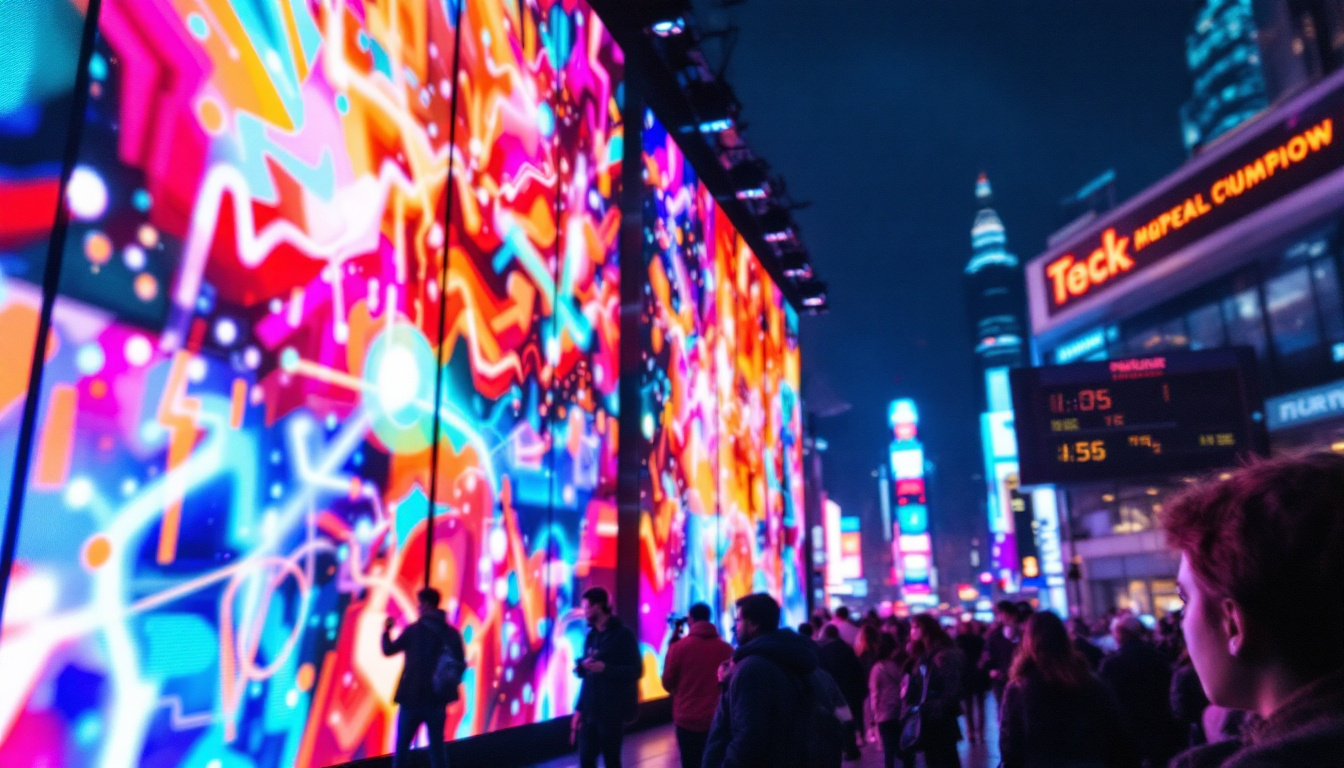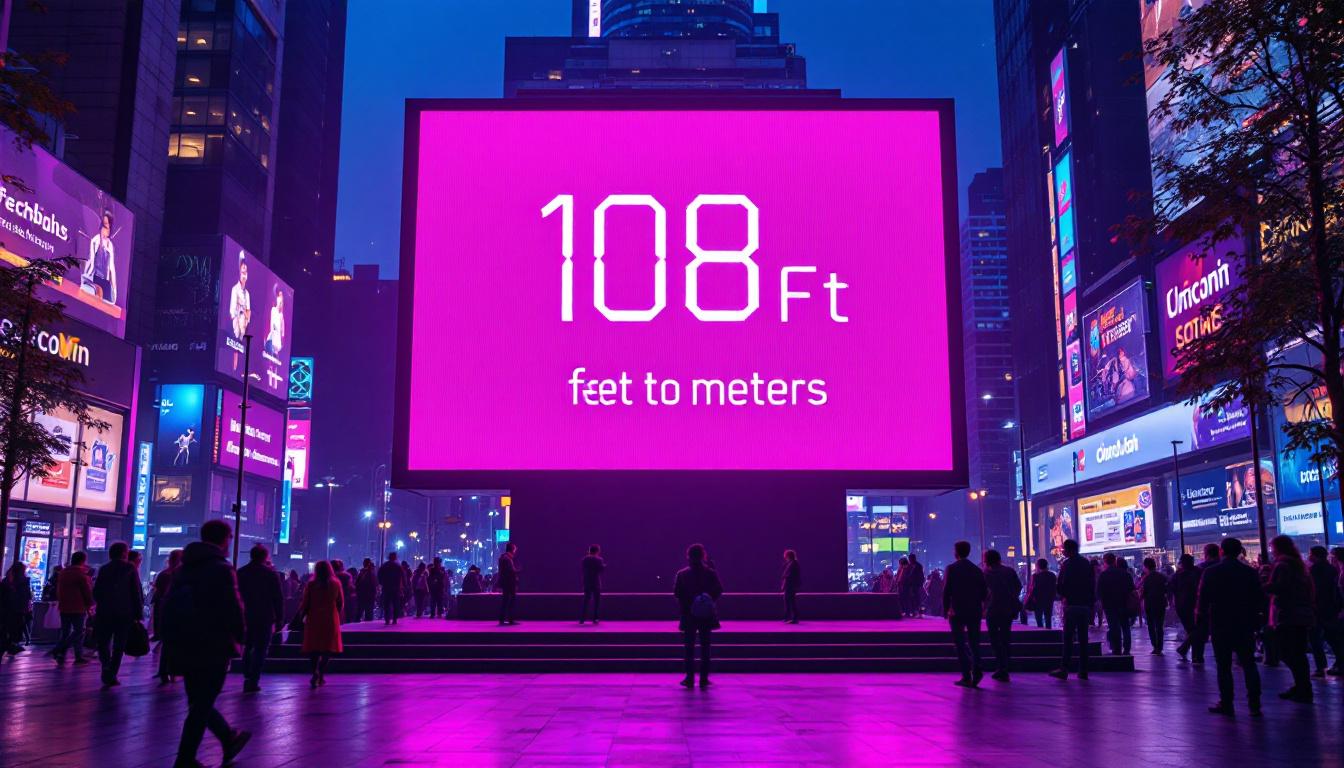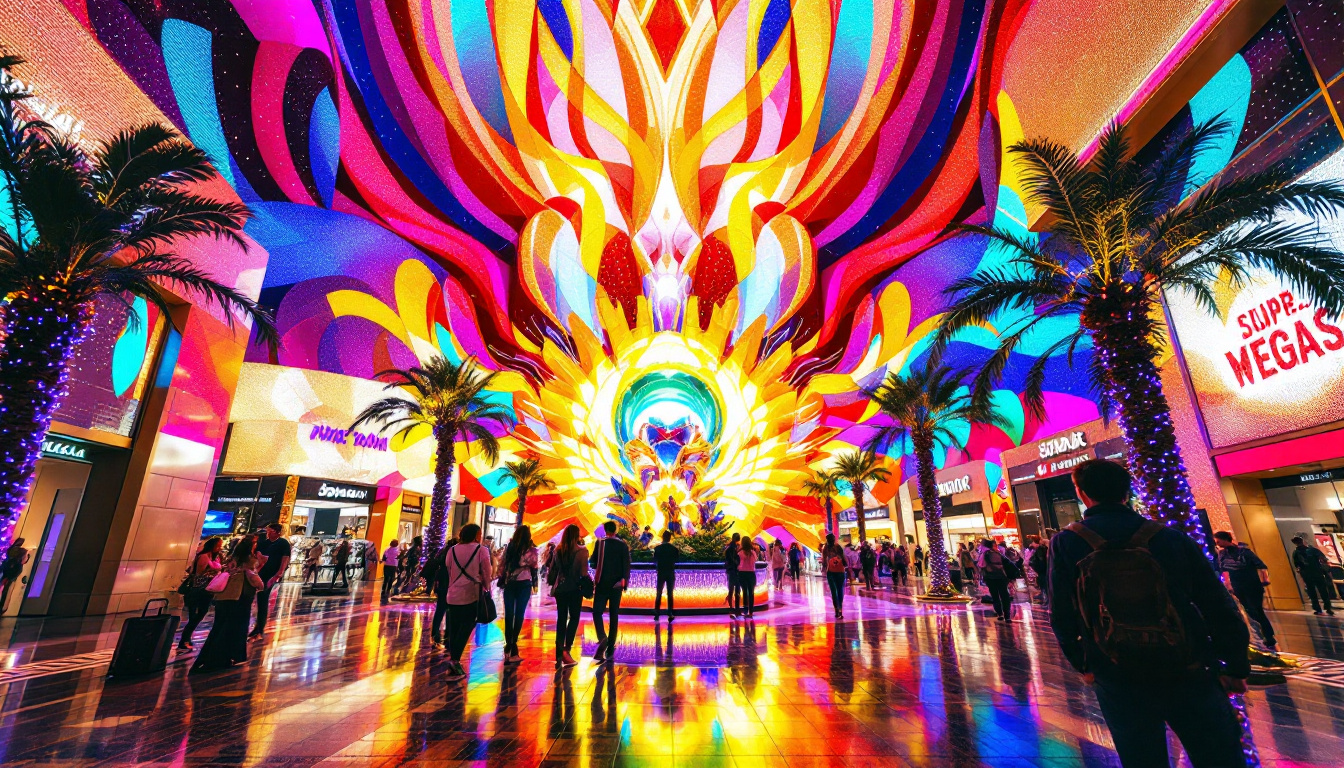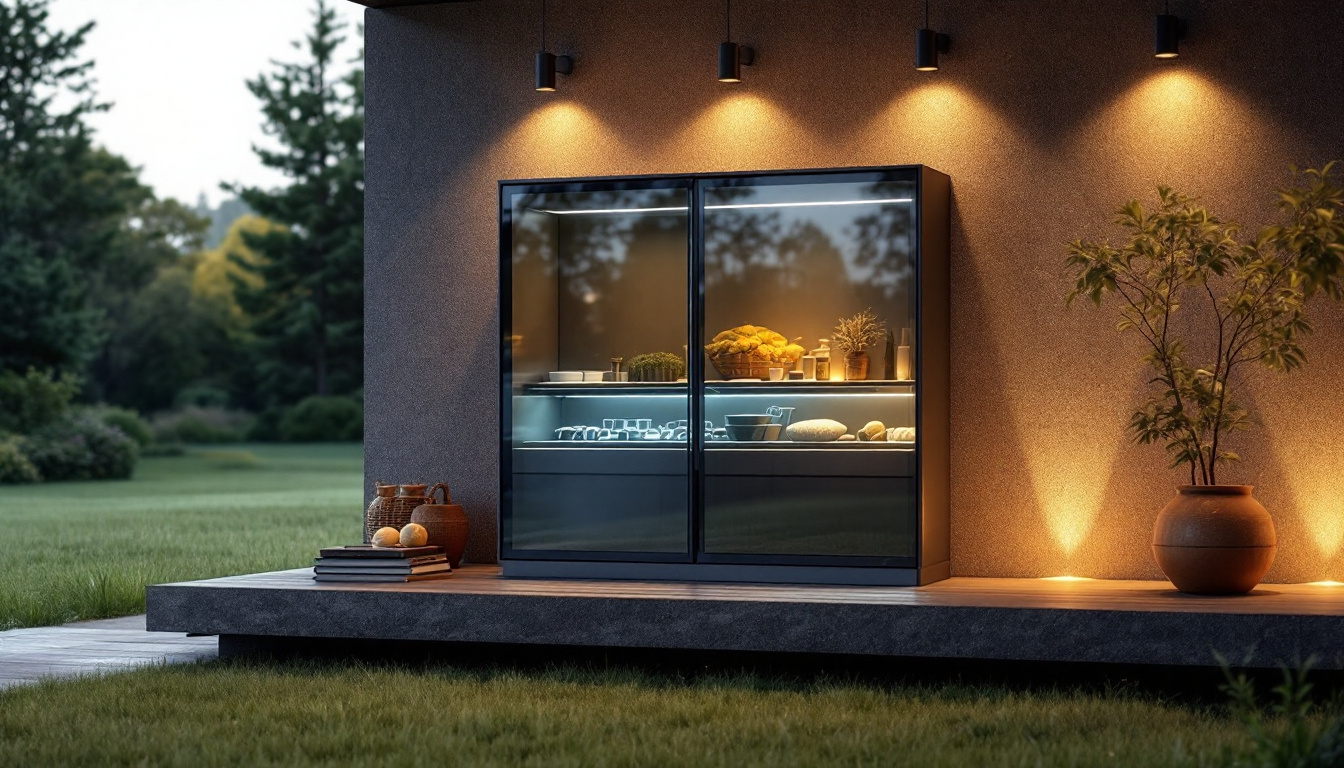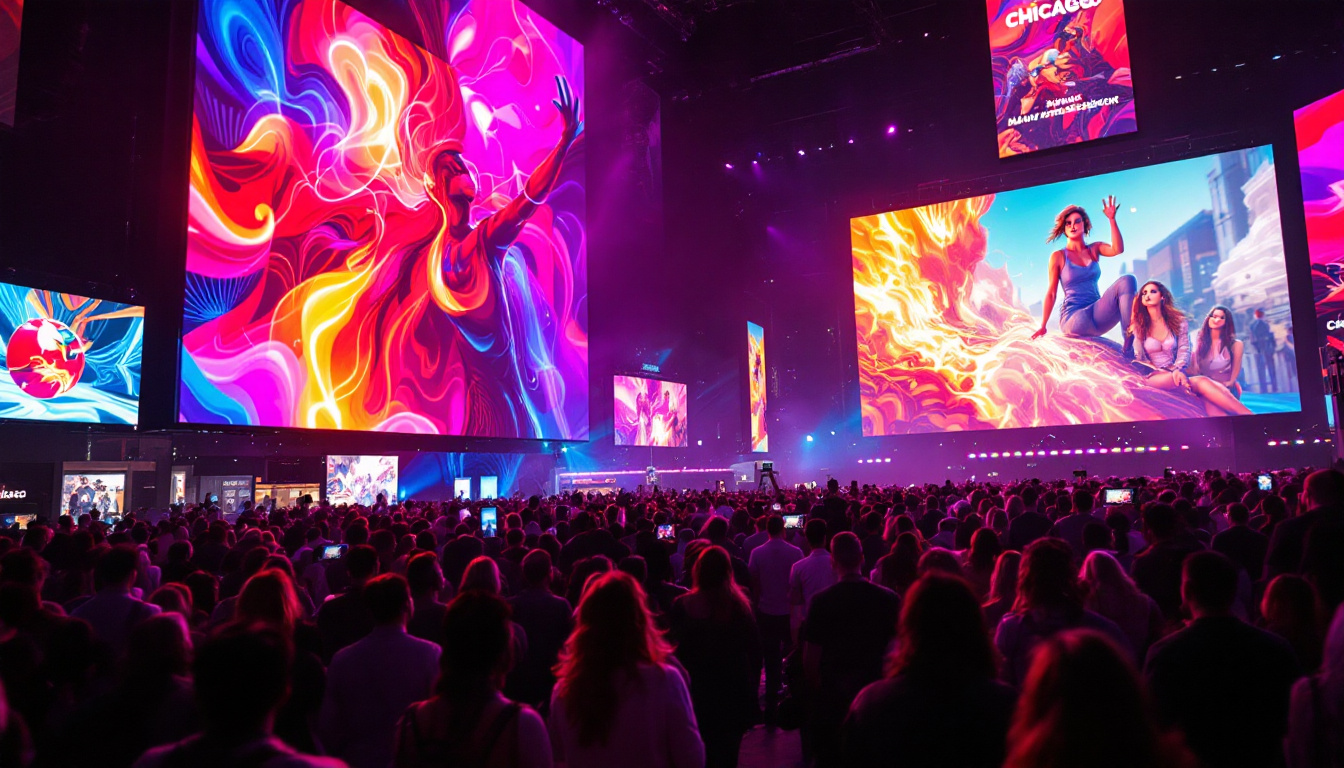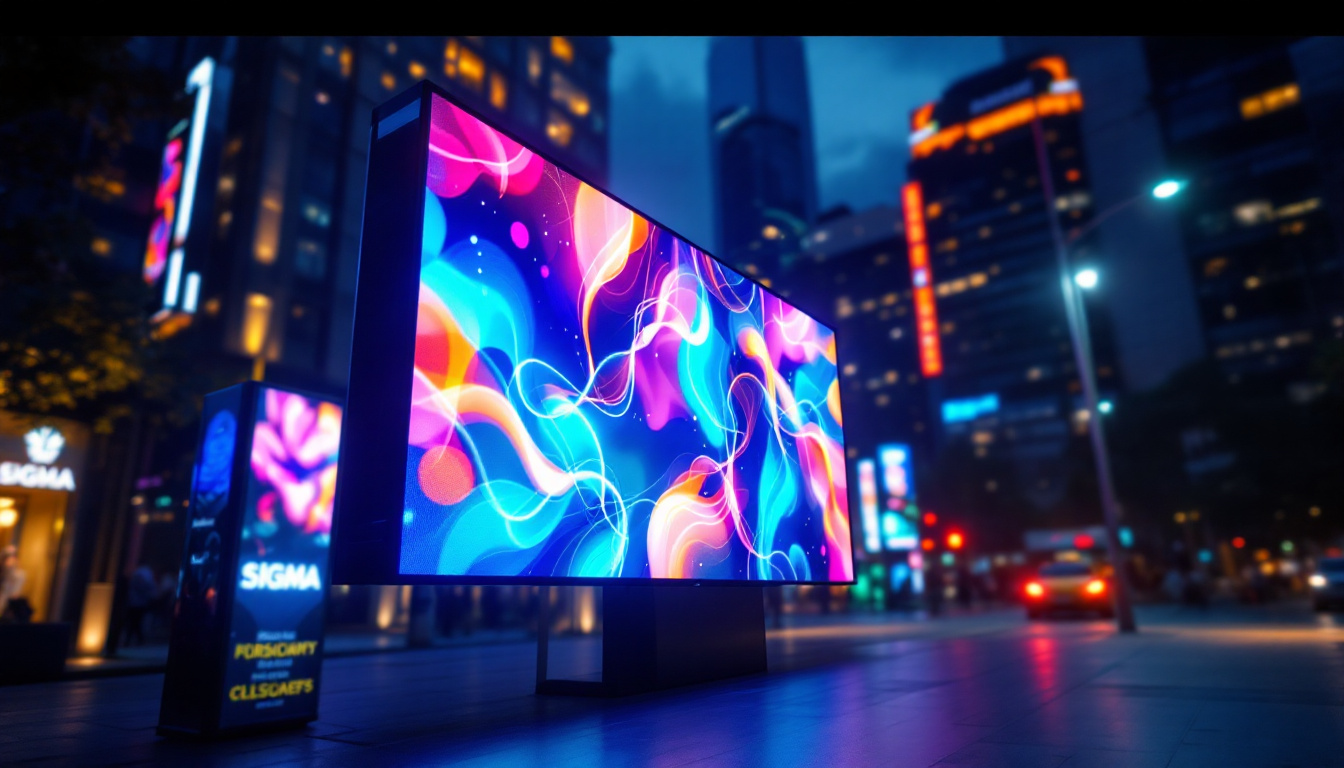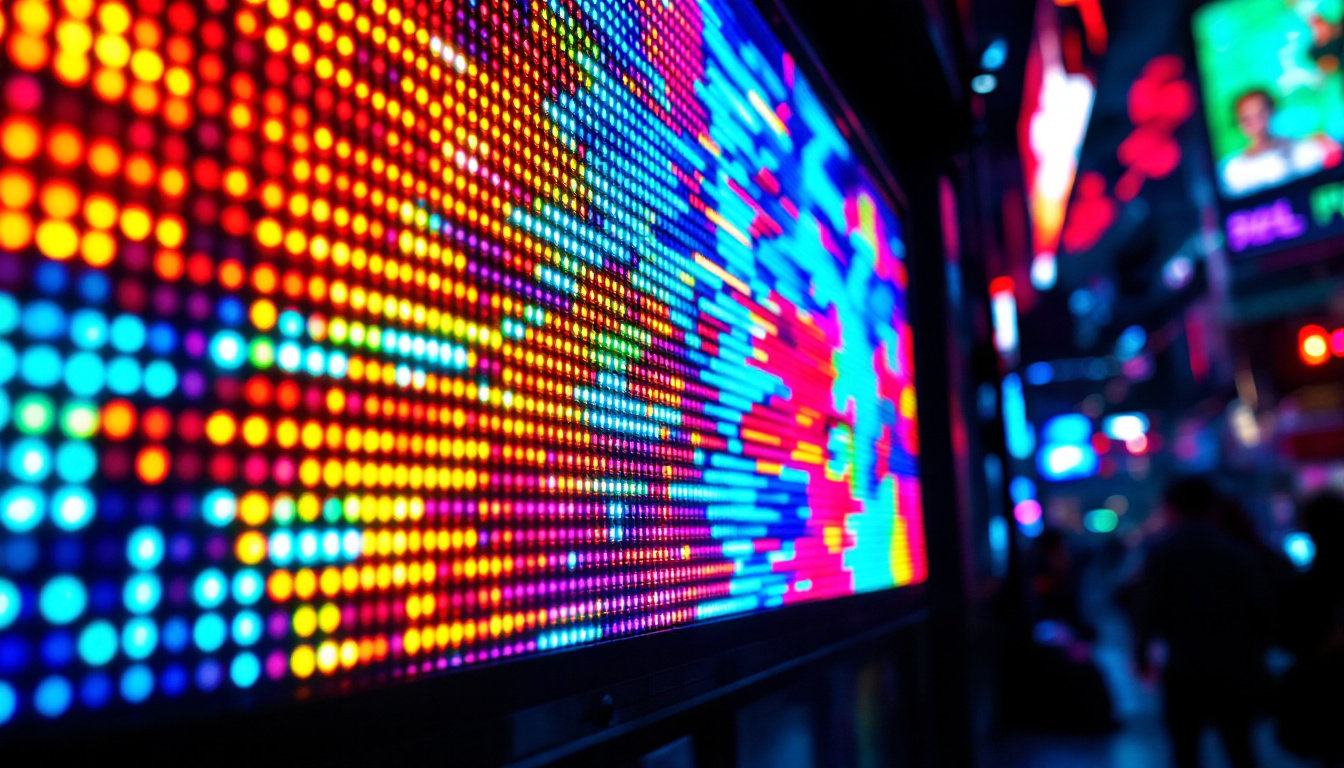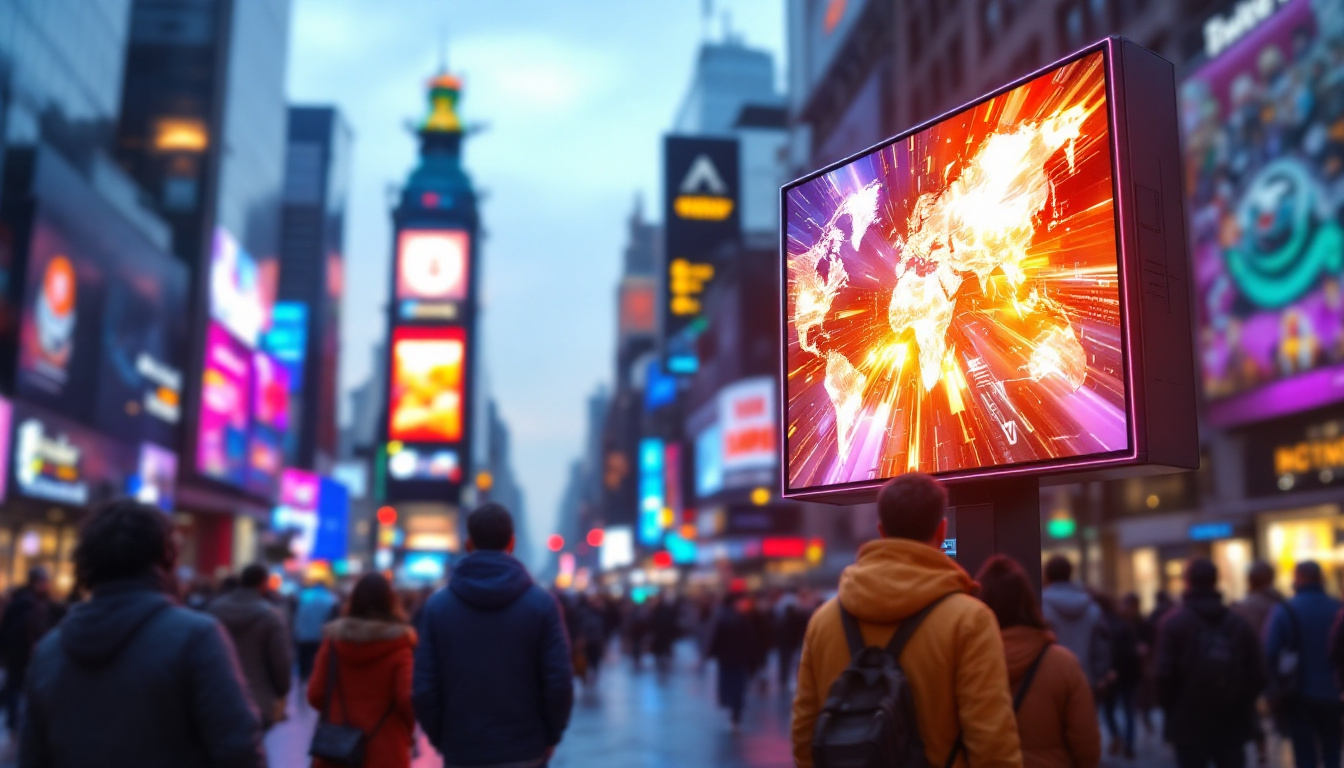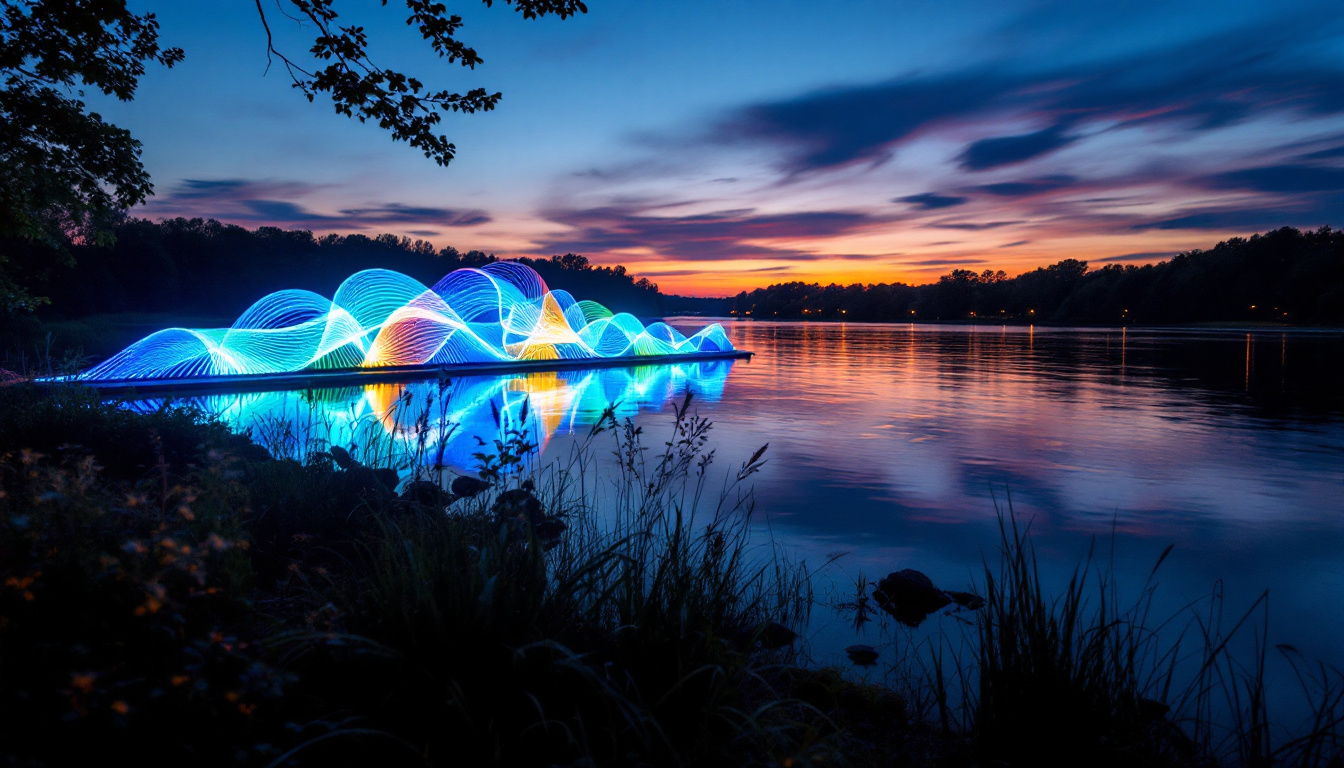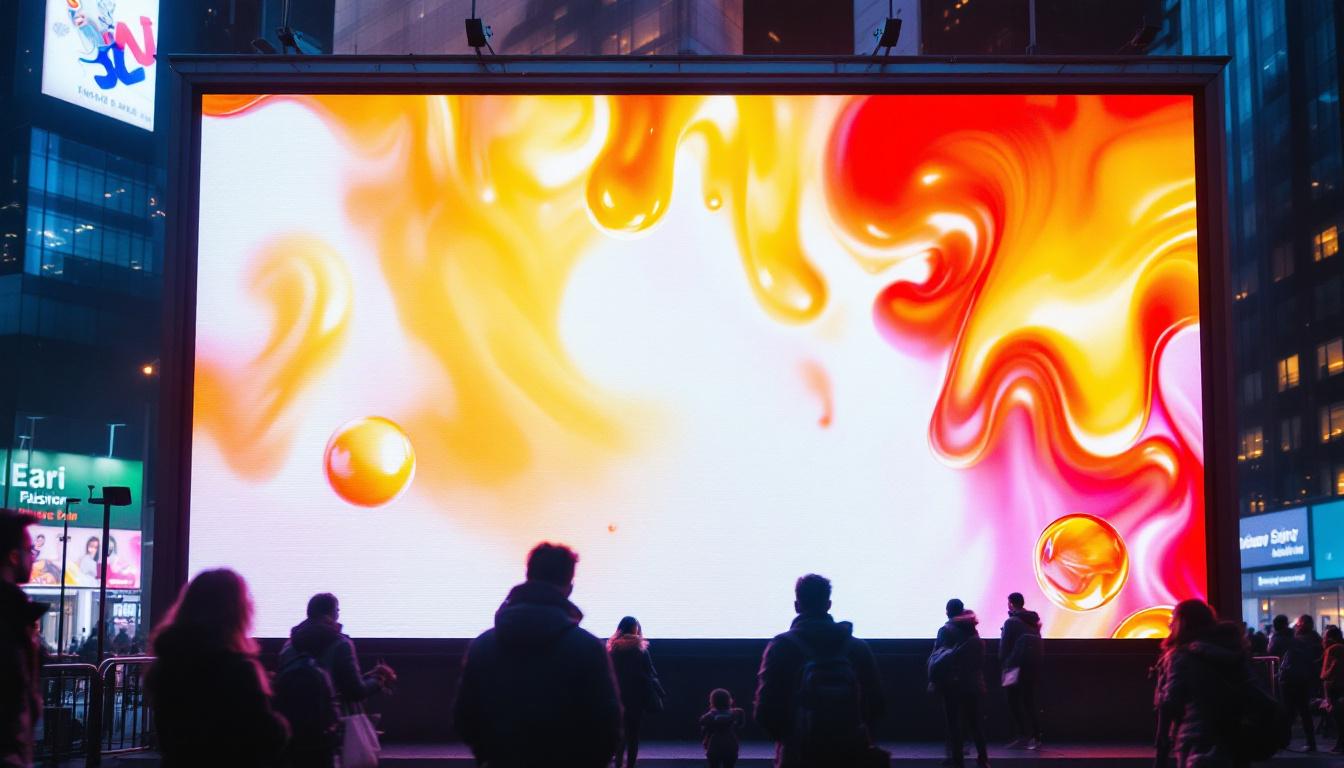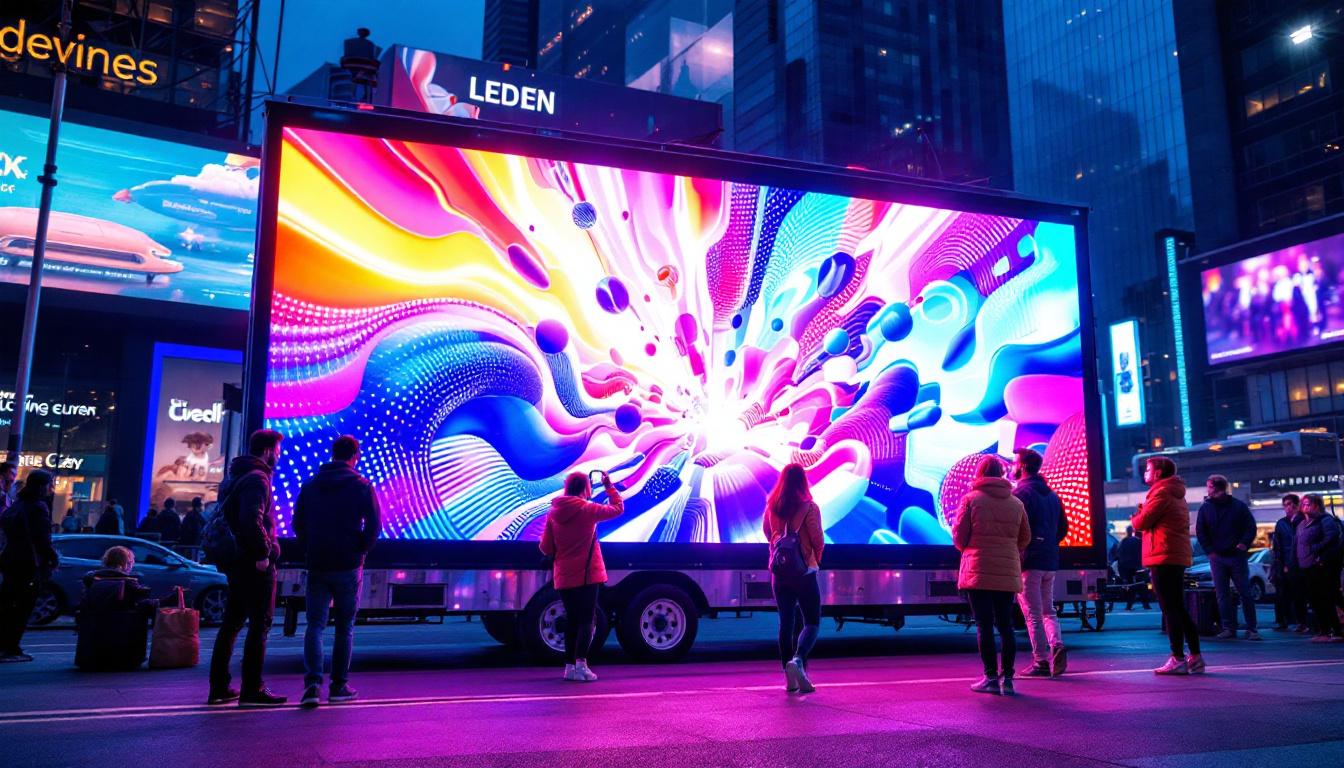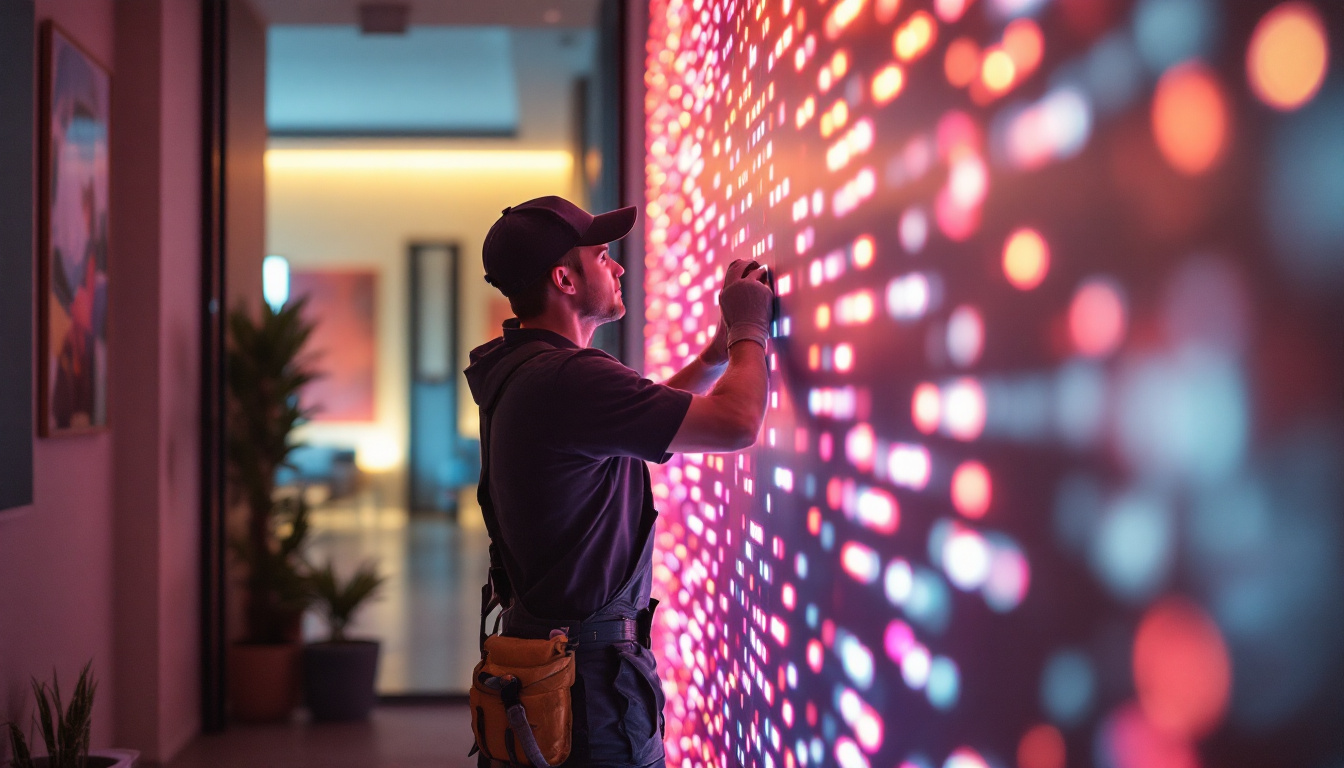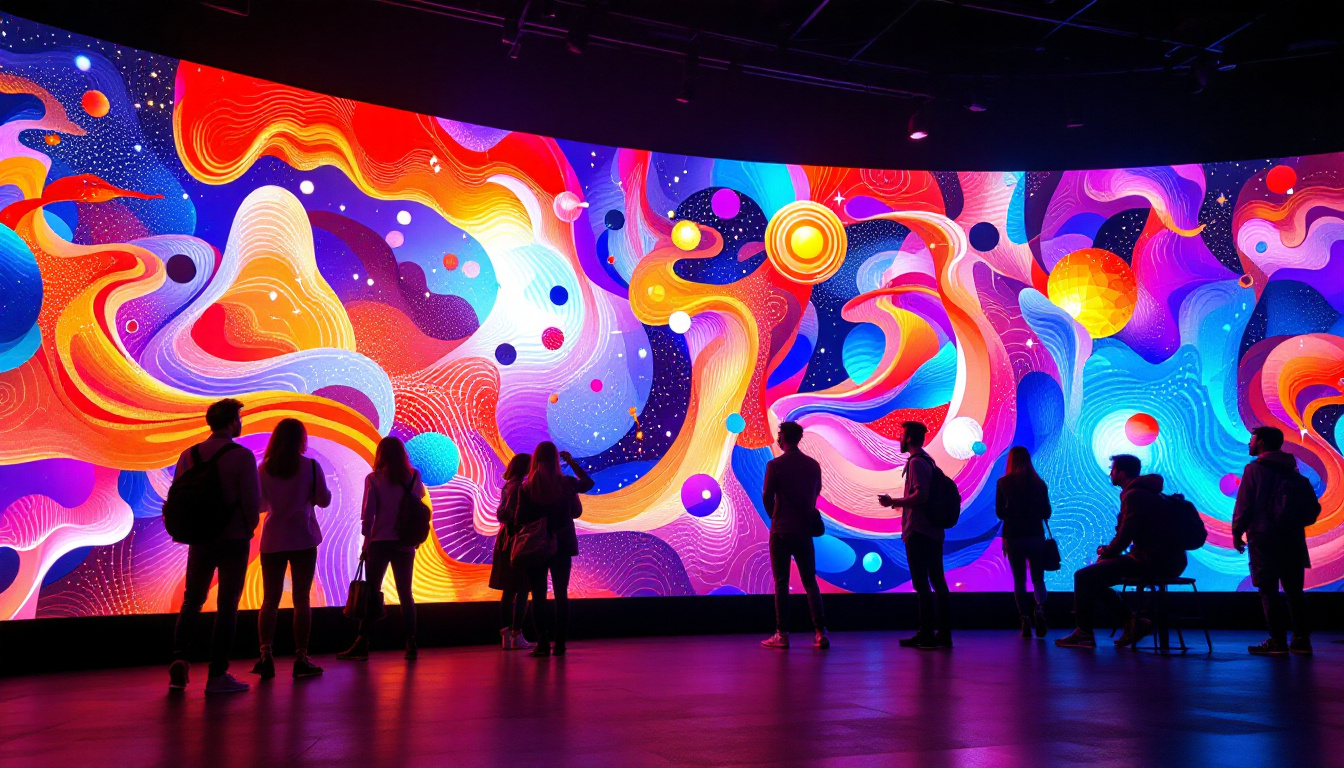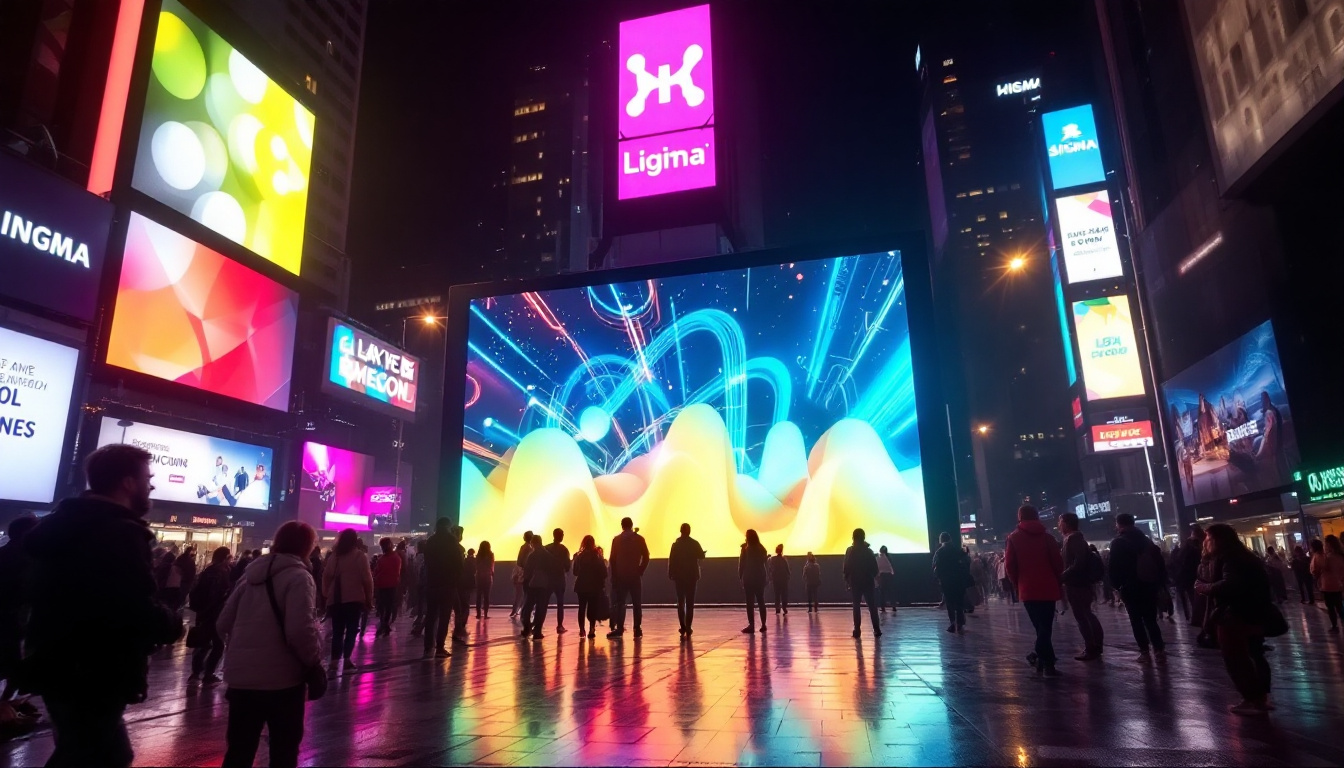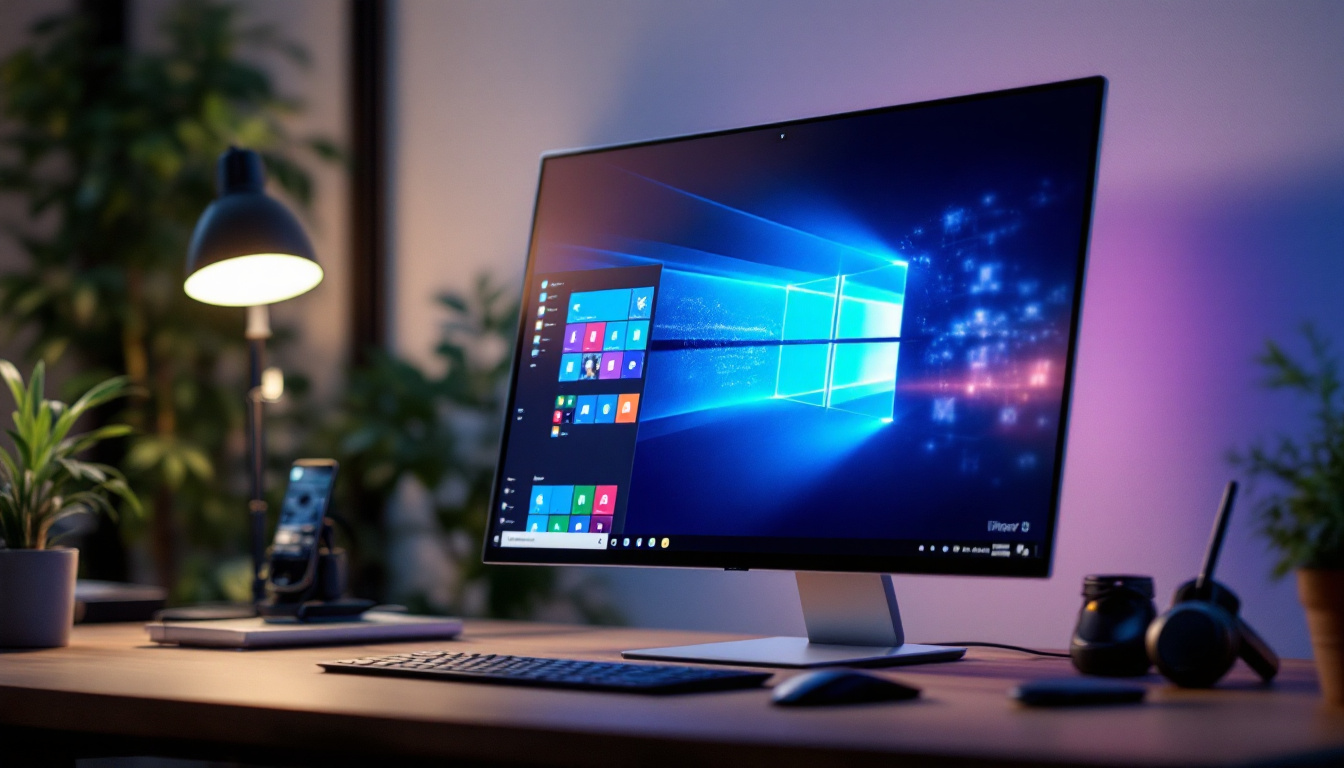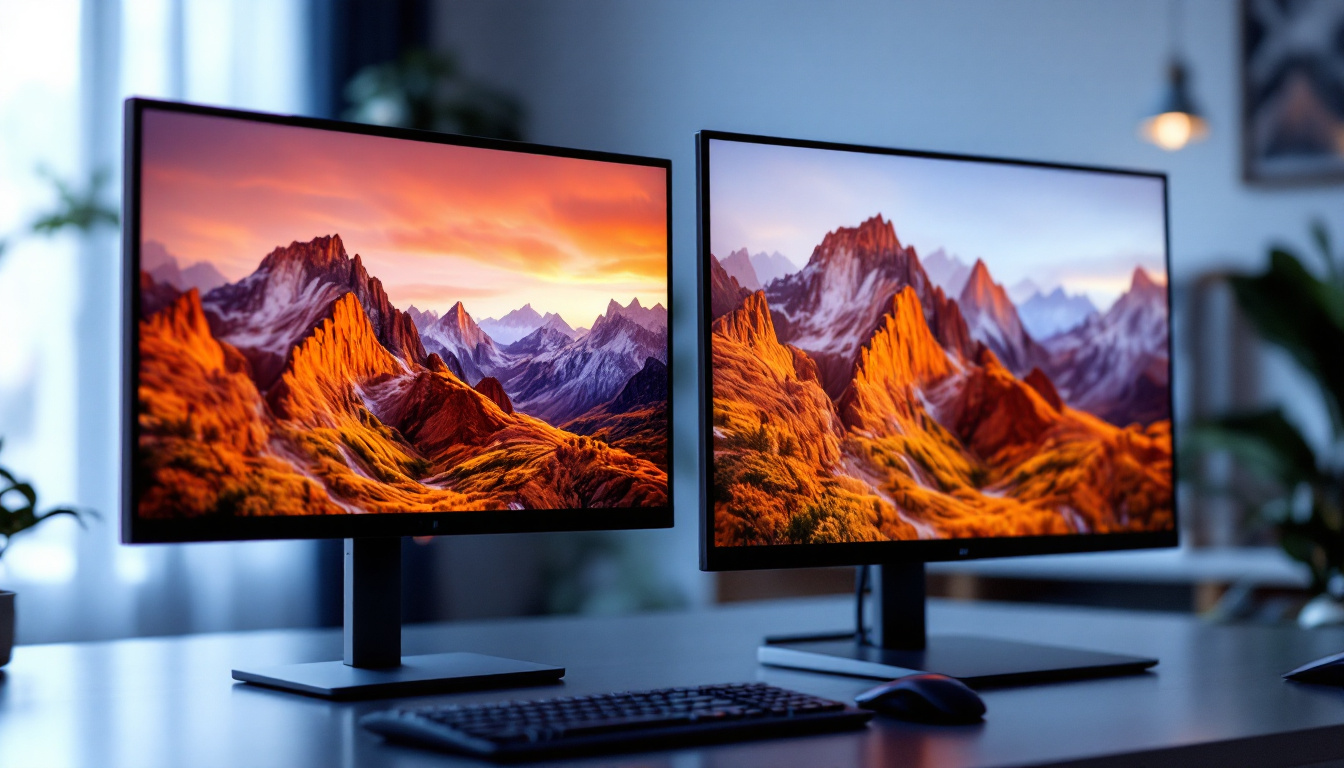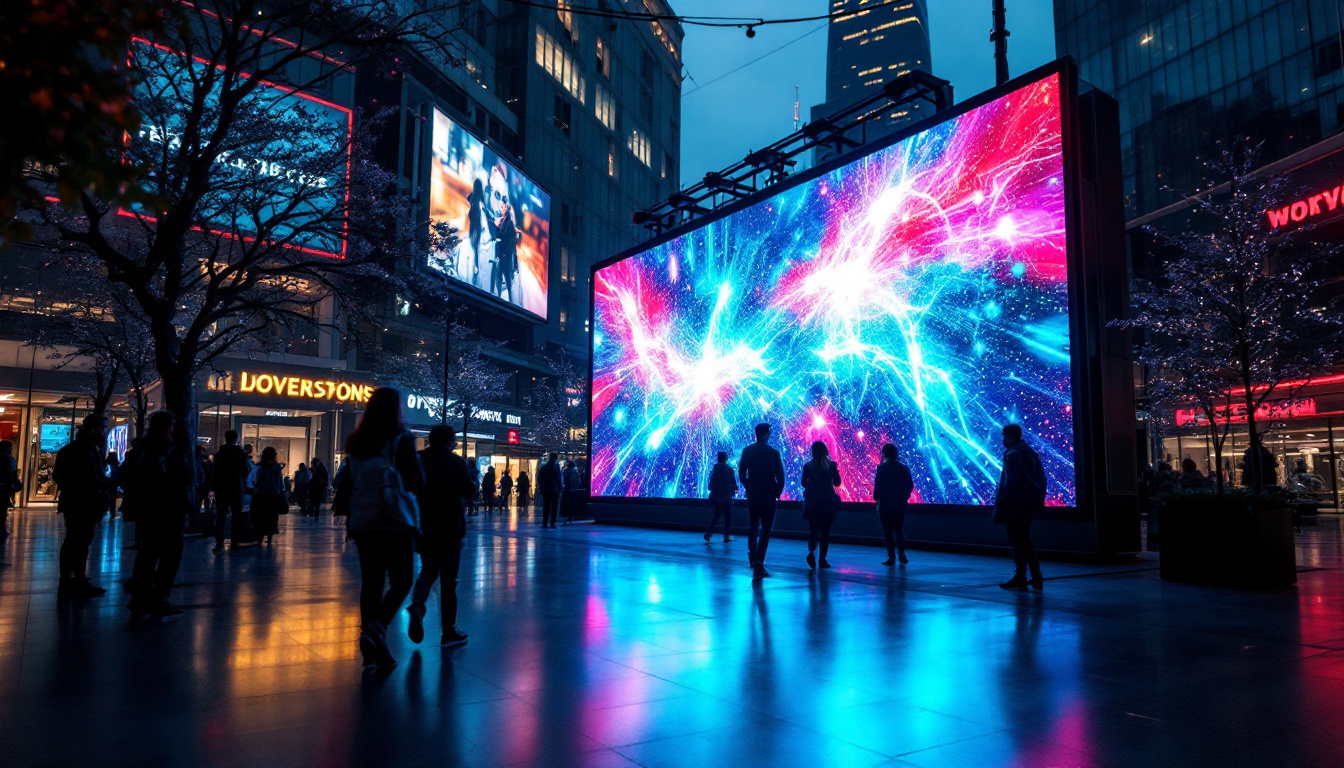In recent years, LED displays have transformed the landscape of advertising and information dissemination. From massive billboards in bustling city centers to smaller displays in retail environments, these vibrant screens have become a staple in modern communication. However, understanding the costs involved in building and maintaining an LED display wall can be complex. This article aims to demystify the factors that influence the pricing of LED display walls, providing a comprehensive overview for businesses and organizations considering this investment.
Understanding LED Display Technology
LED, or Light Emitting Diode, technology has revolutionized how visuals are presented. Unlike traditional displays, LED screens offer superior brightness, energy efficiency, and longevity. This section will explore the fundamental components of LED displays and how they function.
Components of LED Displays
At the core of every LED display are the diodes themselves, which emit light when an electric current passes through them. These diodes are arranged in a grid, forming pixels that collectively create images and videos. The resolution of an LED display is determined by the pixel pitch, which is the distance between the centers of two adjacent pixels. A smaller pixel pitch results in higher resolution and clearer images, making it a crucial factor in determining display quality.
Other essential components include the display controller, which manages the content being shown, and the power supply, which ensures the display operates efficiently. Additionally, the housing and mounting systems are vital for protecting the display and ensuring it is securely installed. The materials used in the construction of these components can significantly affect the durability and performance of the display. For instance, high-quality housing materials can protect against environmental factors such as moisture and dust, which can lead to display malfunctions over time. Furthermore, advancements in thermal management technology are crucial, as they help dissipate heat generated by the diodes, thereby extending the lifespan of the display.
Types of LED Displays
LED displays come in various types, each suited for different applications. Indoor LED displays are designed for close viewing, featuring higher pixel densities for sharper images. Conversely, outdoor LED displays are built to withstand harsh weather conditions and are typically less dense, as they are viewed from greater distances.
Furthermore, there are also transparent LED displays, which allow light to pass through them, making them ideal for storefronts and exhibitions. Each type has its unique advantages and cost implications, influencing the overall investment required. For example, while transparent displays can enhance the aesthetic appeal of a retail space by allowing visibility into the store, they may come at a higher price point due to their innovative technology. Additionally, there are flexible LED displays that can be bent or shaped to fit unconventional spaces, offering creative solutions for advertising and installations. As the technology continues to evolve, we can expect even more innovative types of LED displays to emerge, further enhancing the ways in which information is communicated visually.
Factors Influencing the Cost of LED Display Walls
The price of building an LED display wall can vary significantly based on several factors. Understanding these elements is crucial for businesses looking to make informed decisions about their investment.
Size and Resolution
The size of the LED display wall is one of the most significant factors affecting cost. Larger displays naturally require more materials and components, leading to higher prices. Additionally, the resolution plays a critical role; higher resolution displays with smaller pixel pitches are more expensive due to the increased number of LEDs required. For instance, a large outdoor display with a pixel pitch of 16mm will cost less than a smaller indoor display with a pixel pitch of 2mm, even if the latter is smaller in size.
Furthermore, the intended use of the display can also dictate the size and resolution needed. For example, a retail store might opt for a high-resolution display to showcase detailed product images, while a stadium may prioritize size and brightness to ensure visibility from a distance. This strategic decision-making can significantly influence the overall budget, as businesses must balance their visual needs with financial constraints.
Installation and Infrastructure
Installation costs can also add up quickly. Factors such as the complexity of the installation site, the need for custom mounting solutions, and the accessibility of the location can all influence labor costs. For instance, installing a display on a high-rise building may require specialized equipment and additional safety measures, thus increasing the overall cost.
Moreover, the infrastructure needed to support the display, including power supply and data cabling, can further contribute to the total investment. Ensuring that the installation site is adequately prepared and compliant with local regulations is essential to avoid unexpected expenses. Additionally, considerations such as environmental factors—like wind load for outdoor displays or temperature control for indoor installations—can necessitate further modifications, impacting both time and cost.
Content Management Systems
A robust content management system (CMS) is vital for controlling what is displayed on the LED wall. Depending on the complexity and features of the CMS, costs can vary widely. Some systems offer basic functionality, while others provide advanced features such as real-time updates, remote access, and analytics capabilities. Investing in a comprehensive CMS can enhance the display’s effectiveness but may also increase the initial expenditure.
In addition to the initial investment in a CMS, ongoing costs for software updates, technical support, and training for staff should also be considered. A user-friendly CMS can significantly reduce the learning curve for employees, enabling them to create and manage content efficiently. This can lead to more dynamic and engaging displays, ultimately maximizing the return on investment. Furthermore, businesses may want to explore integration options with existing marketing platforms or social media channels, which can add another layer of complexity and cost to the overall project.
Additional Costs to Consider
Beyond the primary costs of the display itself, several additional expenses should be factored into the overall budget. These can include maintenance, software licensing, and insurance.
Maintenance and Repairs
LED displays are generally reliable, but like any technology, they may require maintenance and occasional repairs. Regular upkeep is essential to ensure optimal performance and longevity. This can include cleaning the display, updating software, and replacing faulty components. Businesses should budget for these ongoing costs to avoid unexpected financial burdens.
Software Licensing and Updates
Many content management systems require ongoing software licensing fees. These costs can vary based on the features and support provided. Additionally, software updates may be necessary to ensure compatibility with new technologies and security protocols. Businesses should inquire about these fees upfront to incorporate them into their budget.
Insurance and Warranty
Investing in insurance for the LED display can protect against potential damages and liabilities. This is especially important for outdoor displays, which are exposed to the elements. Additionally, purchasing a warranty can provide peace of mind, covering repairs and replacements for a specified period. Understanding the terms of these agreements is crucial for making informed decisions.
Estimating Total Costs
Given the various factors influencing the cost of LED display walls, estimating a total budget can be challenging. However, a general breakdown can provide a clearer picture of potential expenses.
Initial Investment
The initial investment typically includes the cost of the display, installation, and necessary infrastructure. For a basic indoor LED display, costs can start at around $10,000 for a smaller unit, while larger outdoor displays can range from $20,000 to over $100,000, depending on size and resolution. Custom installations may further increase these figures.
Ongoing Costs
Ongoing costs can vary widely based on usage and maintenance requirements. Businesses should anticipate spending approximately 10-20% of the initial investment annually on maintenance and software licensing. This estimate can help organizations plan their budgets effectively and ensure they are prepared for future expenses.
Return on Investment (ROI)
While the upfront costs may seem daunting, many businesses find that LED displays offer a significant return on investment. The ability to reach a larger audience, engage customers with dynamic content, and enhance brand visibility can lead to increased sales and customer loyalty. Evaluating the potential ROI is crucial for justifying the investment in an LED display wall.
Case Studies: Successful LED Display Implementations
Examining successful implementations of LED display walls can provide valuable insights into their effectiveness and potential benefits. Here are a few notable examples.
Retail Environments
In the retail sector, LED displays have proven to be powerful marketing tools. A prominent clothing retailer installed a large LED wall in their flagship store, showcasing dynamic advertisements and promotional content. This not only attracted foot traffic but also significantly increased sales during promotional events. The vibrant visuals created an immersive shopping experience, demonstrating the impact of LED technology in retail.
Corporate Communications
Many corporations have adopted LED displays for internal communications. A global tech company installed an LED wall in their headquarters to share real-time updates, employee achievements, and company news. This initiative fostered a sense of community and engagement among employees, enhancing corporate culture. The investment in the display was quickly justified by improved employee morale and productivity.
Event Marketing
For events and exhibitions, LED displays have become essential for capturing audience attention. A major automotive event utilized a massive LED wall to showcase vehicle features and live demonstrations. The display not only drew crowds but also provided a platform for interactive experiences, allowing attendees to engage with the brand in innovative ways. The success of this event highlighted the effectiveness of LED displays in event marketing.
Conclusion: Making an Informed Decision
Investing in an LED display wall can be a transformative decision for businesses and organizations. Understanding the various factors influencing costs, from size and resolution to installation and ongoing maintenance, is crucial for making an informed choice. By carefully evaluating the potential return on investment and examining successful case studies, organizations can determine if an LED display wall aligns with their goals and budget.
As technology continues to advance, the capabilities of LED displays will only expand, offering even more opportunities for engagement and communication. Whether for advertising, corporate communications, or event marketing, the potential of LED display walls is undeniable. With the right planning and investment, businesses can harness this technology to elevate their brand and connect with audiences in impactful ways.
Explore Cutting-Edge LED Display Solutions with LumenMatrix
Ready to transform your space with vibrant, high-resolution LED displays? LumenMatrix is at the forefront of LED display technology, offering a wide array of solutions tailored to meet your specific needs. From Indoor and Outdoor LED Wall Displays to innovative Transparent and Custom LED options, our products are designed to captivate your audience and amplify your message. Discover how LumenMatrix can revolutionize your visual communication and enhance your brand’s presence. Check out LumenMatrix LED Display Solutions today and take the first step towards creating unforgettable visual experiences.

